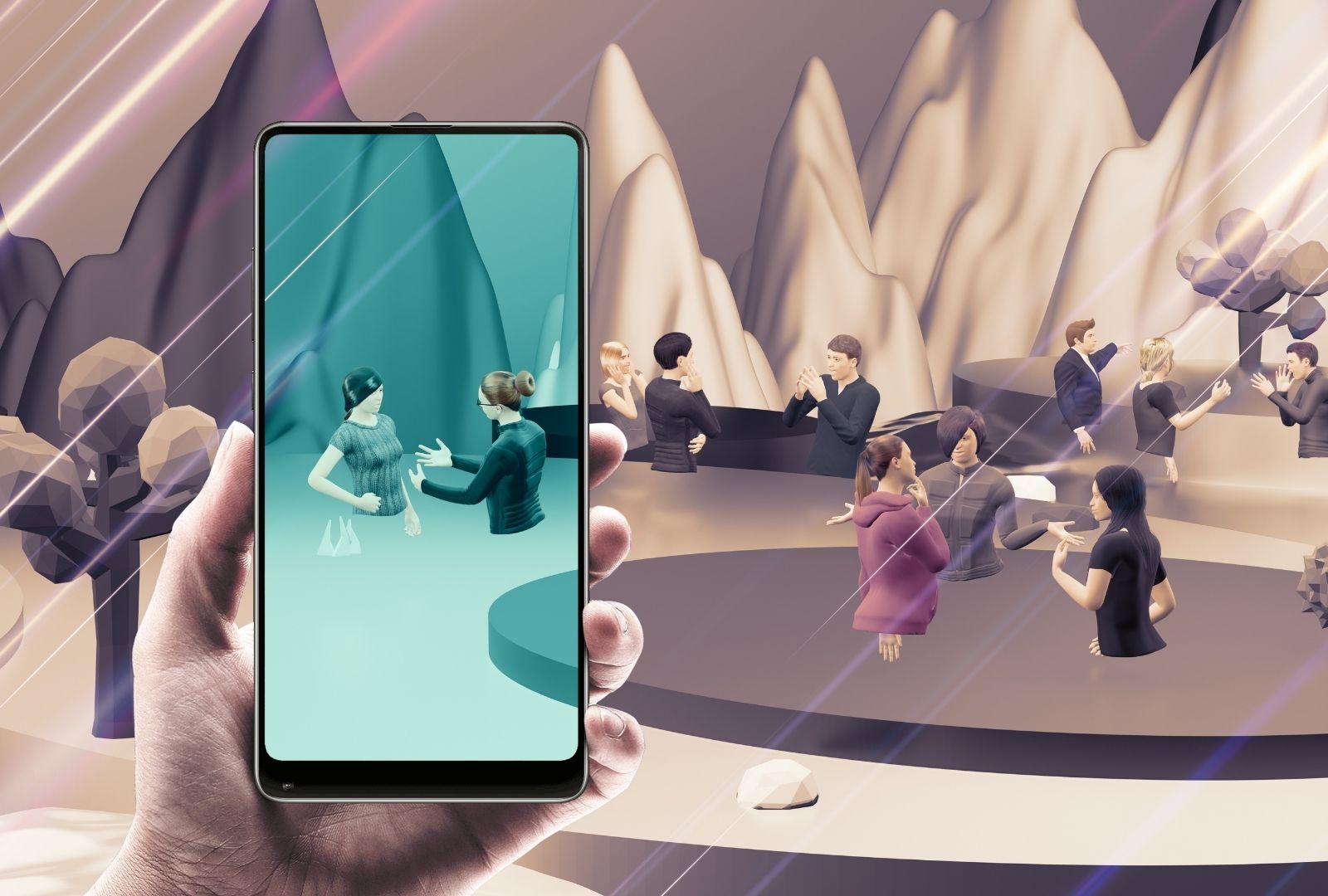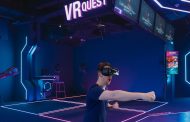K-12 gaming experts say districts could get left behind if they don’t integrate related tech into curricula to facilitate virtual trips, AR projections and the metaverse.
Pondering the potential of the metaverse in educational spaces, Kathy Hirsh-Pasek, a psychology professor at Temple University and a senior fellow at the Brookings Institution, imagines infinite possibilities for learning opportunities.
“It will enable us to visit places we’ve never visited before,” Hirsh-Pasek said. “To learn French while we’re sitting in a French cafe. To go visit places in South Africa that we might have only heard about or seen on a Google map. Imagine if you could jump into the Google map. Imagine if you could go back and forth on a timeline and now really go back to the future.”
That’s the promise of the metaverse, she said. But the technology is not 100% there yet, she added.
Hirsh-Pasek co-authored a Brookings Institution report on education and the metaverse in February that defines the metaverse as a “third space” combining the virtual and living worlds.
“The metaverse of the future is likely to fully support augmented and virtual reality, artificial intelligence, and the connectivity to link all worlds,” the report said.
Cost versus student engagement
Cost and isolation are the biggest risks Hirsh-Pasek foresees districts facing as they consider integrating the metaverse into classrooms.
Virtual reality glasses currently available to immerse students into the metaverse are usually very expensive, she said, although costs will likely go down over time. In addition, the technology could take students away from developing personal connections with others if not facilitated well, Hirsh-Pasek said.
The idea of the metaverse is not new, it’s just been waiting for the technology and infrastructure to catch up, said Michael Young, an associate professor at the University of Connecticut’s Neag School of Education with expertise in cognition, instruction and learning technology.
“The concept is probably perfect for making schools more engaging and getting beyond the walls of a classroom,” Young said.
Hirsh-Pasek imagines districts using the metaverse to take virtual field trips. Young, meanwhile, envisions a classroom transforming into an interactive augmented reality projection where students have special gloves that allow them to move around the universe.
In a way, it could be like a whiteboard shared by classmates in three-dimensional space, Young said.








